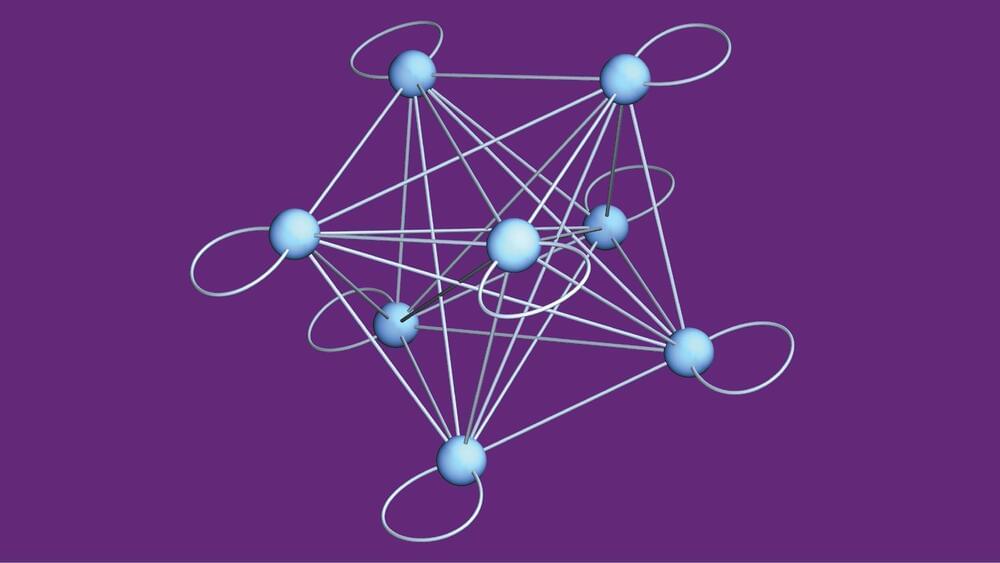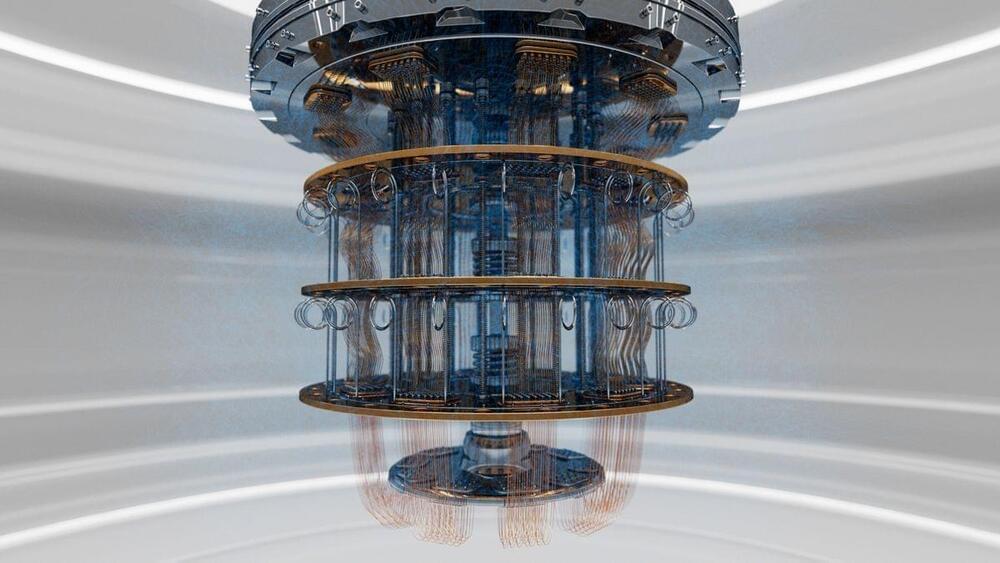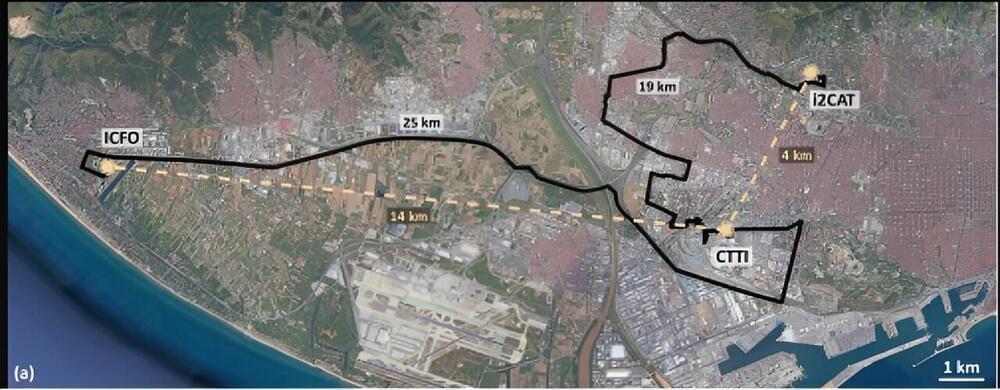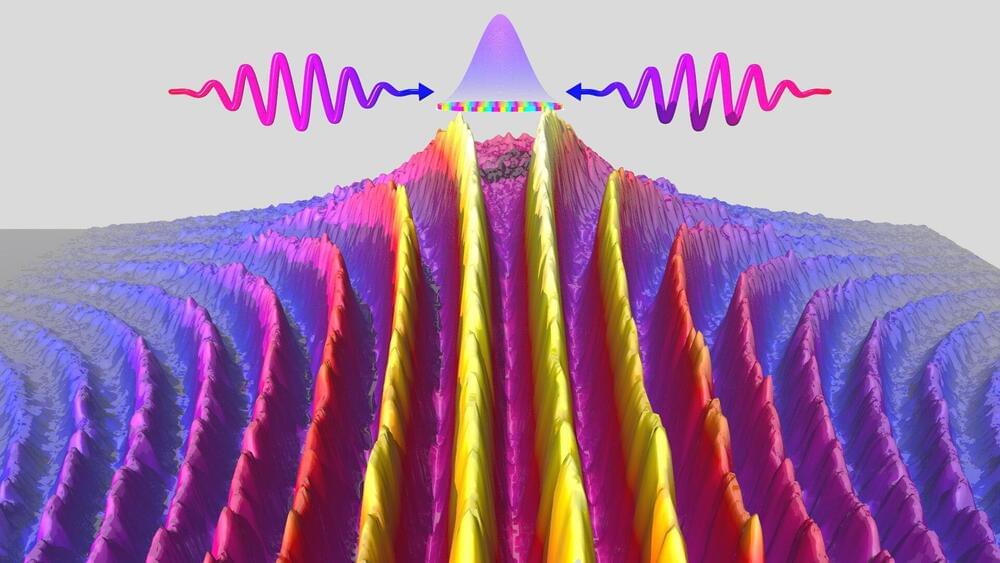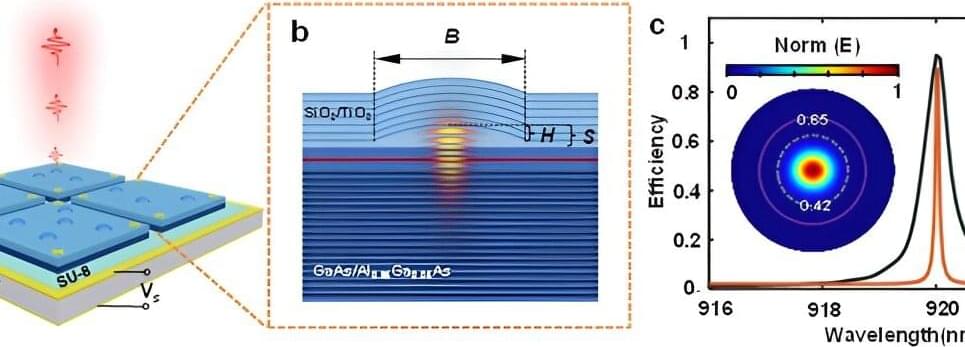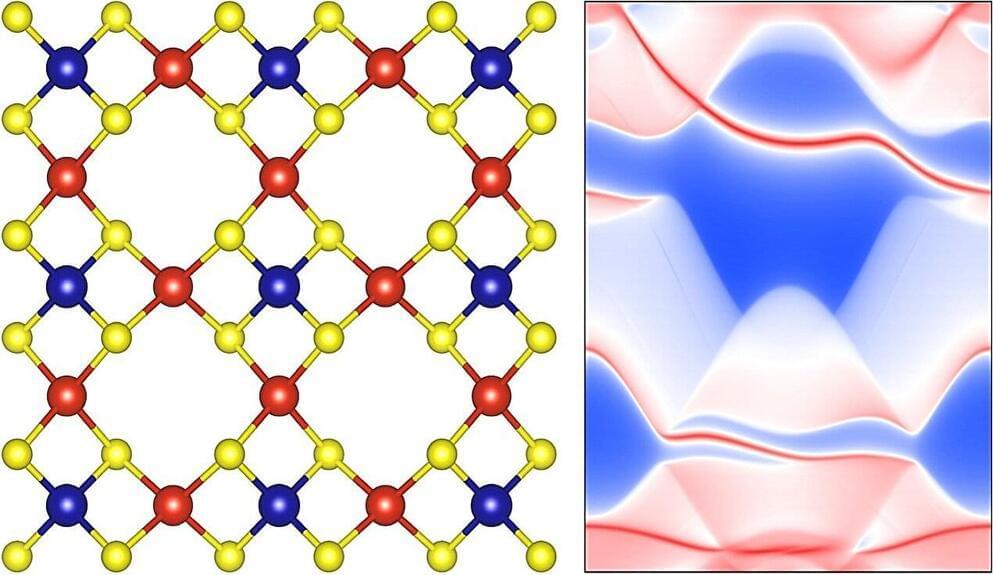Apr 4, 2024
New focused approach can help untangle messy quantum scrambling problems
Posted by Saúl Morales Rodriguéz in categories: media & arts, quantum physics
The world is a cluttered, noisy place, and the ability to effectively focus is a valuable skill. For example, at a bustling party, the clatter of cutlery, the conversations, the music, the scratching of your shirt tag and almost everything else must fade into the background for you to focus on finding familiar faces or giving the person next to you your undivided attention.
